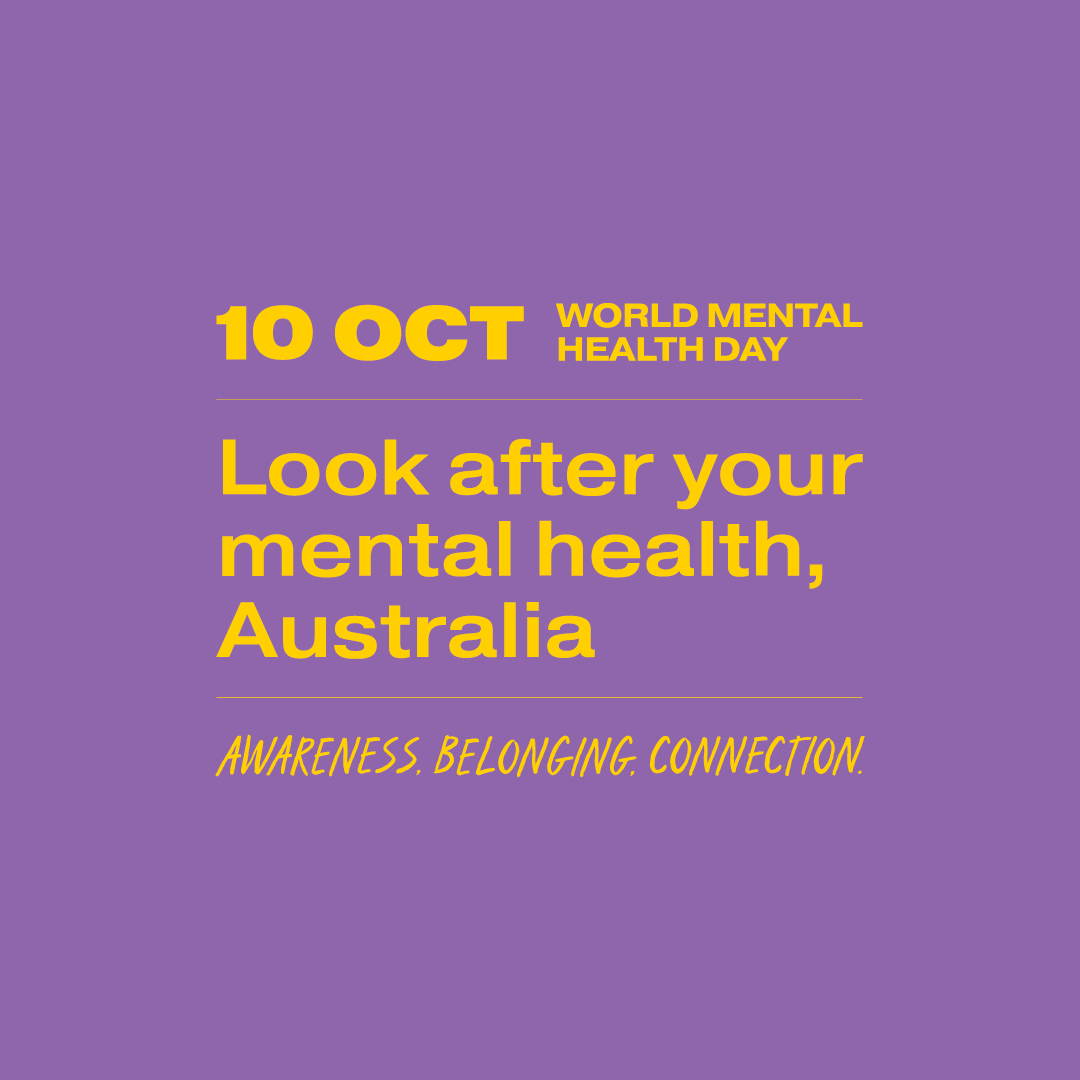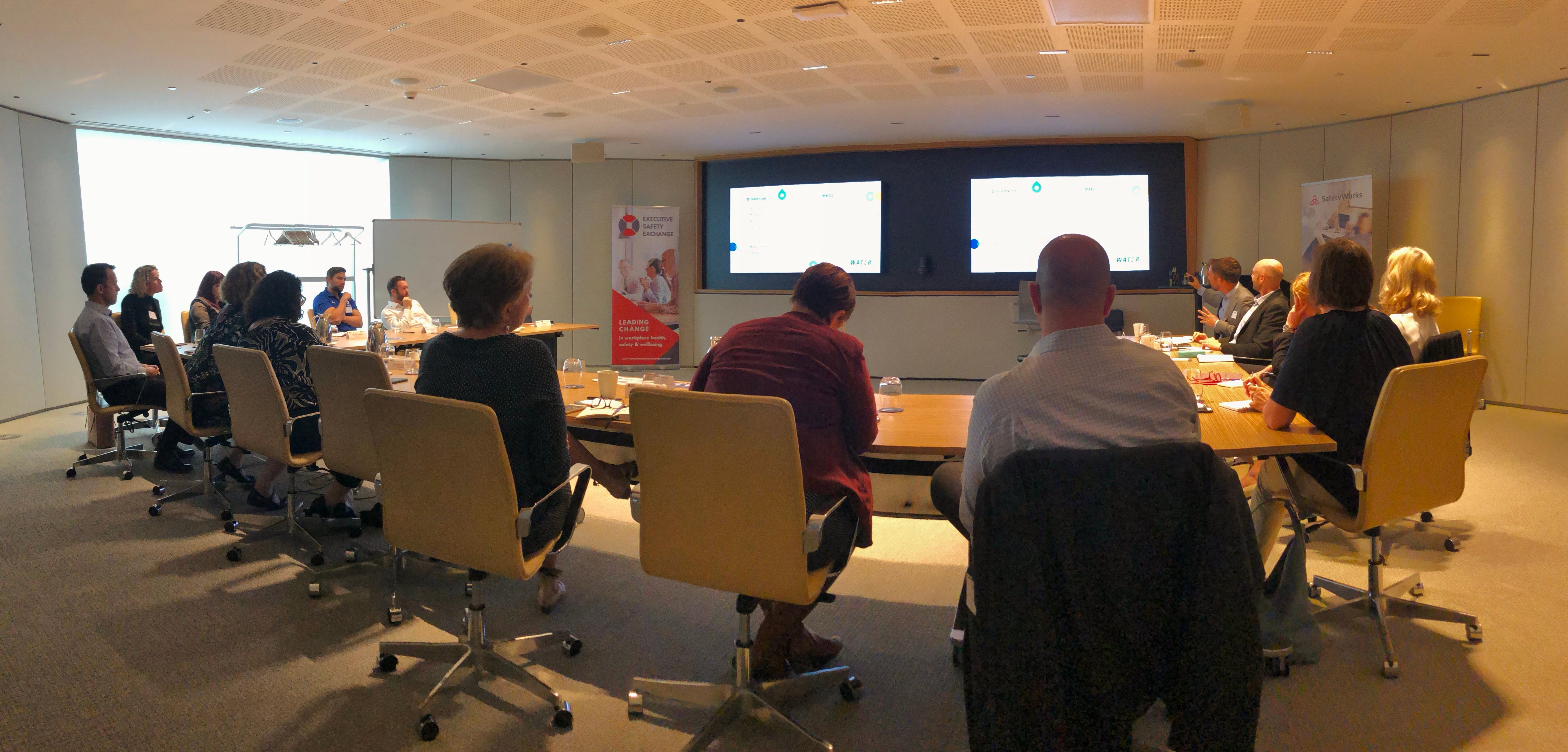As a British-born Aussie, I like nothing more than having a good old chat about the weather over a nice cup of tea. So you can imagine my delight when I recently travelled for three weeks across England, Scotland and Ireland with EVERY day in EVERY place spent in sunny, warm (even hot) and all-round delightful weather conditions. There was a lot to talk about. It nearly rivalled World Cup discussions. Sigh, another-four-years-to-wait. But that’s another story.
A work-related highlight of my trip was a rewarding day in Oxford workshopping ‘embedding mindfulness at work’. As a long time meditation and mindfulness practitioner and teacher, I’m a big believer in the personal benefits. Moreover, when delivering workplace interventions I include mindfulness in occupational resilience training. This particular workshop focus however was about unequivocally embedding mindfulness both formally and informally in the workplace. No reactive throwing it at a particular business unit to make up for poor management of change. And not just offering a one-off ‘nice to attend if you can’ lunch & learn, but dare I say - mindfully introducing it, and strategically integrating it deep in to the cultural fabric of the organisation over time.
With a good mix of practitioners in the room, we tackled some meaty questions like ‘what does embedding mindfulness in the workplace actually look and feel like?’, ‘how would we recognise something deep and lasting?’ and ‘how does our own personal practice inform our approach?’ Our hosts provided several interesting case studies from across the government, private, education and NHS work sectors to prompt collective review and reflection.
Mindful postcards from home
So what insights did I bring back with me, apart from learning that I’m far too old to sleep peacefully across that many time zones in a nearly upright position?
1. Bringing leaders on board
Research and practice tells us over and over again that how leaders’ show-up at work matters. For instance, leaders’ mindfulness is positively related to their people’s wellbeing and performance, and is linked to children’s wellbeing in a school setting. Leaders’ mindfulness has been found to enhance employee performance partly through its association with greater relationship quality. And as with any type of culture change, people look to their leaders to see if what they say aligns with what they do. Leaders need to endorse and promote mindfulness and demonstrate a set of behaviours that is consistent with actionable mindfulness.
2. Ensuring high quality delivery by appropriate trained people with their own practice
‘Lived experience’ is a popular concept these days and refers to people sharing their own personal story about a particular subject matter. First hand mindfulness experience with an active practice is essential when training others in mindfulness, but its not enough on its own. Mindfulness teacher training, with the rigour, accountability, quality assurance and professionalism that it typically entails, exists for good reason. It’s reasonable to ask what mindfulness training qualifications your prospective trainer has.
3. Getting clear on what your organisation wants to achieve
Whether your workplace is looking to improve employees’ cognitive function and emotion regulation, or to create mindful meetings and boost engagement levels, think about how you’ll design a mindfulness program to best achieve these objectives. Ensure you consider what the best fit for your organisation, people and culture is, and customise to suit. For instance, some businesses have started small and let interest grow organically. And if you’re already a ‘mindful workplace’ looking to further embed and integrate, ask your people what that looks and feels like. Support progress towards this in a holistic, systematic fashion. The approach you take will be unique for your organisation.
Want to know more about what mindfulness is and why it’s good for business?
Look out for our Mindfulness whitepaper, currently in draft and due out very soon. Let us know if you would like to receive your copy hot-off-the-press when it’s released.
Yours mindfully,
Traci






Comment